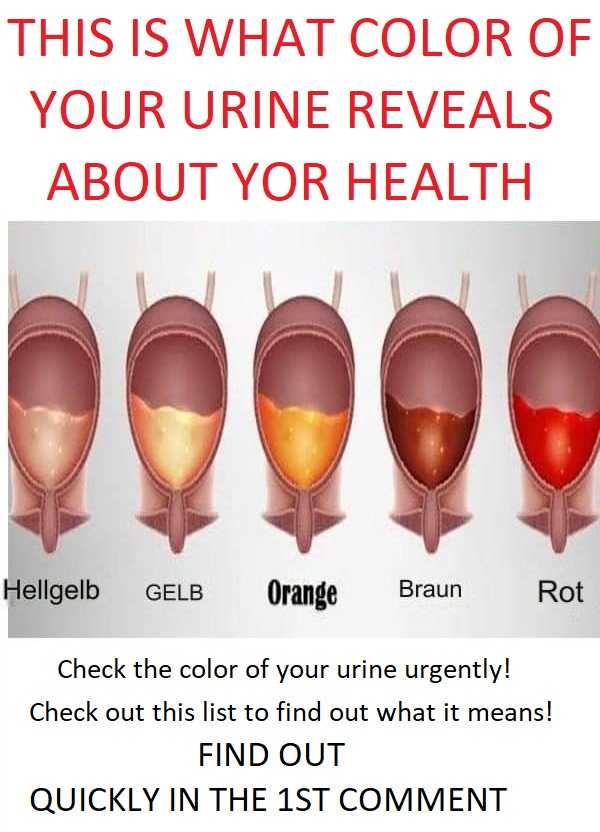Explanation: A dark amber color often points to dehydration, but it can sometimes indicate liver issues. When the liver isn’t processing waste effectively, bilirubin (a byproduct of red blood cells) can build up in the bloodstream and be excreted in urine, resulting in an amber shade.
Caution: Persistent amber urine, especially if it doesn’t lighten with hydration or is accompanied by symptoms like fatigue, abdominal pain, or jaundice (yellowing of the skin or eyes), should be evaluated by a healthcare professional.
5. Orange
What It Means: Severe dehydration, liver issues, or medication side effects.
Explanation: Orange urine may indicate a more serious level of dehydration or possible issues with the liver or bile ducts. When bilirubin levels are high, they can darken urine. Certain medications (e.g., rifampin, some laxatives, or chemotherapy drugs) and high doses of vitamin B supplements can also cause orange urine.
Caution: If orange urine persists, it’s important to assess recent dietary or medication changes. If unexplained or if accompanied by symptoms like abdominal pain, jaundice, or nausea, consult a doctor to rule out liver or bile duct issues.
6. Pink or Red
What It Means: Possible blood in the urine (hematuria), kidney stones, infections, or dietary causes.
Explanation: Pink or red urine is often a sign of blood, known as hematuria, in the urinary tract. This can result from urinary tract infections (UTIs), kidney stones, enlarged prostate in men, or, less commonly, kidney or bladder tumors. However, foods like beets, blackberries, or rhubarb can also impart a red or pink hue.
Caution: While dietary causes of red or pink urine are harmless, blood in the urine can indicate potentially serious conditions that require medical attention. If the color persists or if symptoms like pain or burning during urination, lower back pain, or fever occur, seek medical advice promptly.
ADVERTISEMENT

